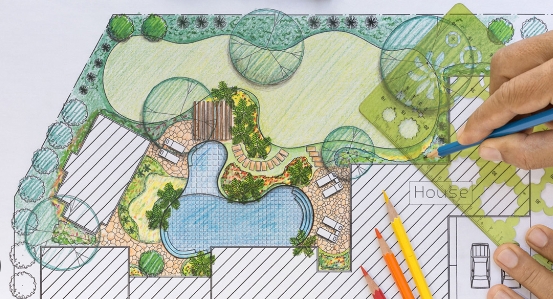Landscape architecture is a dynamic and interdisciplinary field that combines art and science in the design of outdoor spaces. It involves the planning, design, and management of open areas like parks, gardens, and urban plazas. Let’s delve into the fascinating world of landscape architecture.
The Art of Designing Outdoor Spaces
Landscape architects use their creativity and artistic skills to create visually appealing outdoor environments. They carefully consider factors such as aesthetics, functionality, and sustainability in their designs. By selecting the right plants, materials, and layout, they can transform any outdoor space into a beautiful and functional area.
The Science Behind the Design
In addition to aesthetics, landscape architects also rely on scientific principles to create sustainable and environmentally friendly designs. They must consider factors such as soil composition, drainage, and climate when planning a landscape project. By understanding these scientific principles, landscape architects can create designs that are both beautiful and functional.
Incorporating Technology into Landscape Design
Advancements in technology have revolutionized the field of landscape architecture. Computer-aided design (CAD) software allows landscape architects to create detailed, 3D models of their designs. This technology helps them visualize the final product and make any necessary adjustments before construction begins. Additionally, sustainable design practices, such as green roofs and rain gardens, are becoming increasingly popular in landscape architecture.
Creating Sustainable and Resilient Landscapes
As climate change continues to impact our environment, landscape architects play a crucial role in creating sustainable and resilient landscapes. By incorporating native plants, efficient irrigation systems, and green infrastructure, they can help mitigate the effects of climate change and promote biodiversity. Sustainable design practices not only benefit the environment but also contribute to the health and well-being of the community.
In conclusion, landscape architecture is a harmonious blend of art and science. By combining creativity with scientific principles, landscape architects can create beautiful, functional, and sustainable outdoor spaces that enrich our lives and connect us with nature. Whether designing a small urban park or a large public plaza, landscape architects play a vital role in shaping our built environment for generations to come.

